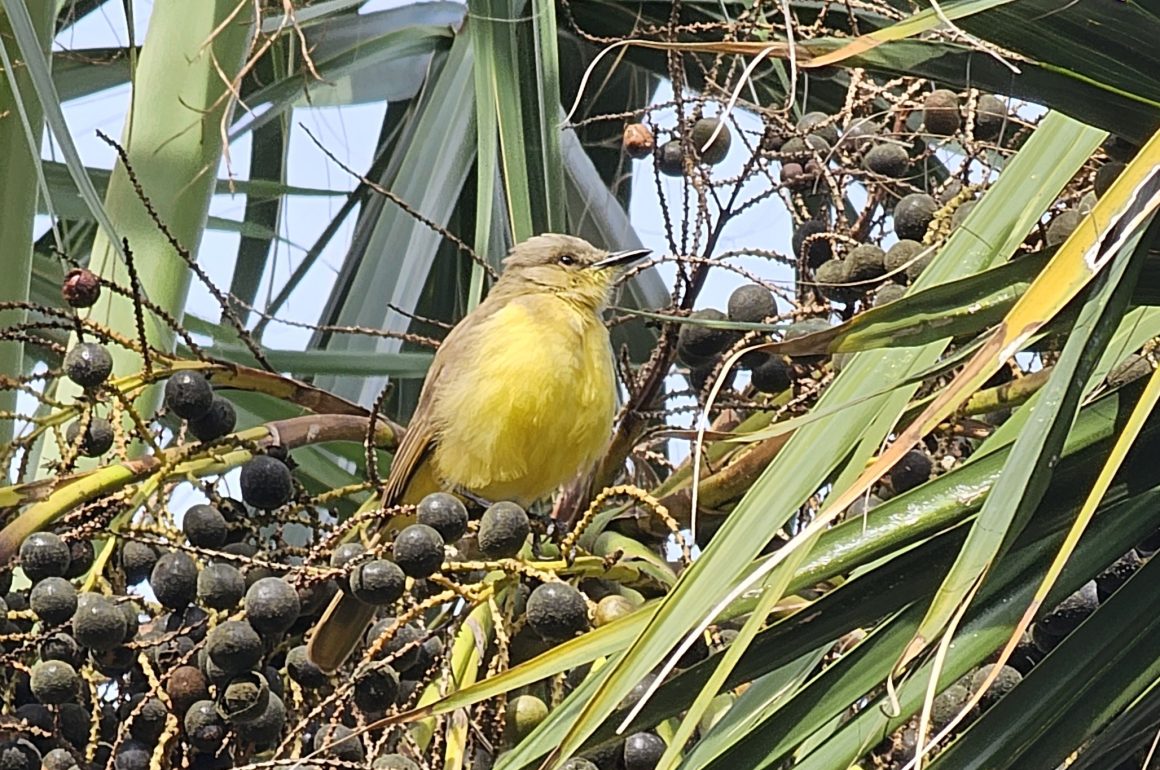
While visiting the city of Corpus Christi in Texas in November 2023, we were told about a rare bird in the heart of the downtown. We went to the area where it had been reported. We were standing in front of a restaurant. On the other corners were a parking lot, an office building, and a barren, cement-covered lot. Other birders joined us at the stakeout, as we wandered around the area. We were all wondering if the bird would show up. There were false sightings, with a warbler and a House Sparrow being mistaken for the target bird. Then, one of our group was waving to us to come to her. We hurried back to the corner to see a Cattle Tyrant running around the lot, snapping up flies. This unusual, terrestrial flycatcher is a resident of Panama and South America. It has never been seen north of there. This visit was a first for North America as defined by the American Birding Association. Some people theorized that it hitched a ride on a tanker, or was blown in by a hurricane, or just flew north. Whatever the reason, it was a thrill for all of us to be part of this historic event.
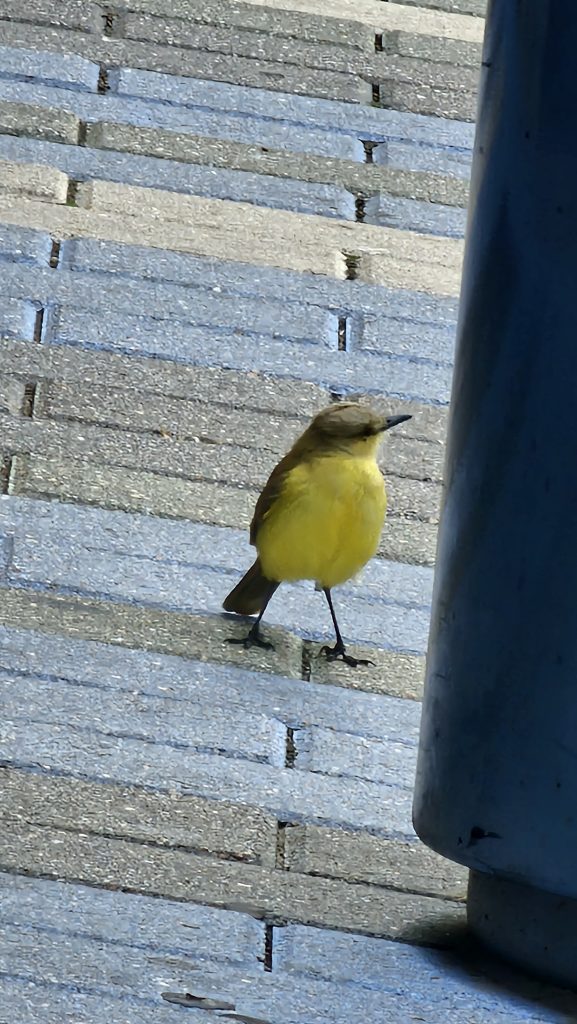
Unlike most other flycatchers, these leggy birds are built for pursuing terrestrial insects.
Earlier in the week, we had traveled to the Lower Rio Grande Valley (LRGV) for a birding tour. Our guide took us to the local hotspots to find resident birds like Green Jay, Common Pauraque, Red-billed Pigeon, Plain Chachalaca, Cactus Wren, and Buff-bellied Hummingbird.
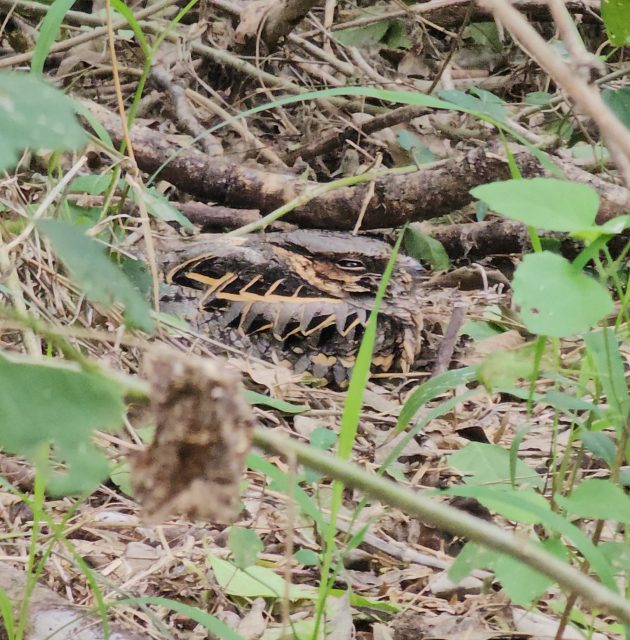
Find the Common Paraque
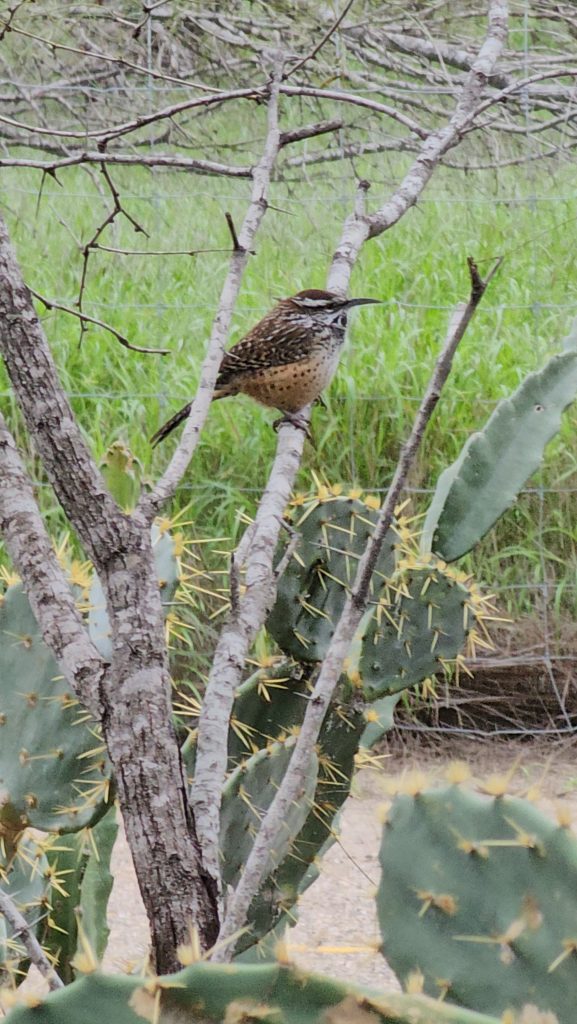
Cactus Wren
Also, she had us chase some rarities. We saw Golden-crowned Warbler, Roadside Hawk, Tropical Parula, and Rose-throated Becard. When our tour was over, she encouraged us to see the Cattle Tyrant. Also, she told us to look for American Flamingos. They were showing up at many hotspots because they had been blown into the area by a hurricane. One of our final, must-see birds was Aplomado Falcon.We found a pair sitting on their hack box. For the bug-lovers, we saw a stunning Mexican Blue Butterfly. The LRGV and the Coastal Bend of Texas are great birding areas. This was my third trip to both spots. I still found lifers and enjoyed seeing the resident birds again.
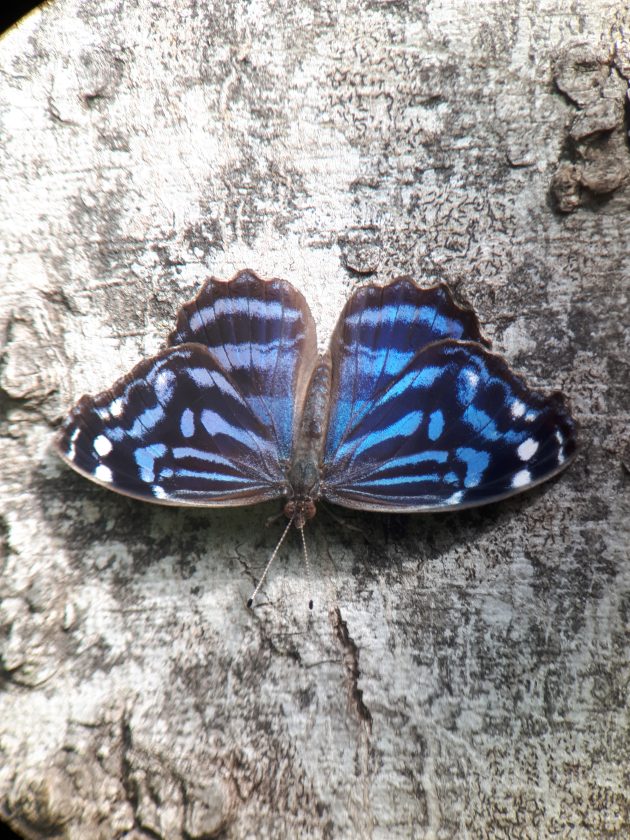
Mexican Blue Butterfly
Note: All photos courtesy of Joanne Brathwaite













Interesting
I could easily dismiss the twitch of a Cattle Tyrant by saying it was seen in a parking lot blablabla. However, I have seen most of “my” Cattle Tyrants on….parking lots. In Brazil, but still. It’s a great story with some really nice birds.
The Cattle Tyrant is indeed a common site here in Panama. Normally I don’t pay much attention to them but today on my regular evening walk I saw one scratching around on the ground and remembered your post . I didn’t have my camera with me but I took a few photos with my phone and spent a few mins observing it. Thanks for opening my eyes to this lovely flycatcher.
Oh, nice! Even if it was “assisted” in whatever way (tanker,…), we have to accept that globalisation and the transport it brings will be used by all kinds of animals as a – to them – “natural” part of the world they live in. In my humble opinion, this should fully “count”.
For the last three years, I’ve taken an interest in grasshoppers and crickets here in southern Germany. There is this strange phenomenon that the German species list for this group is expanding quite rapidly through the occurrence of Mediterranean species. Now, one might suspect global warming, which has hit Germany quite hard. But the distribution pattern points to a different factor: the delivery of garden plants from southern France and Italy to garden centres here in southern Germany. By truck, it’s just a 6 hour hop over the Alps, a barrier that would take insects eons to clear. So what to make of those “introductions”?
We live in a mobile world.